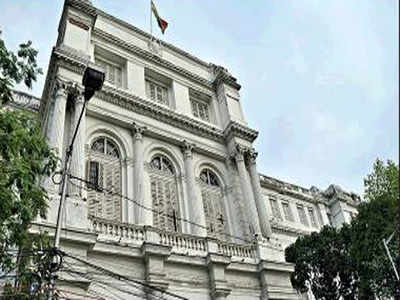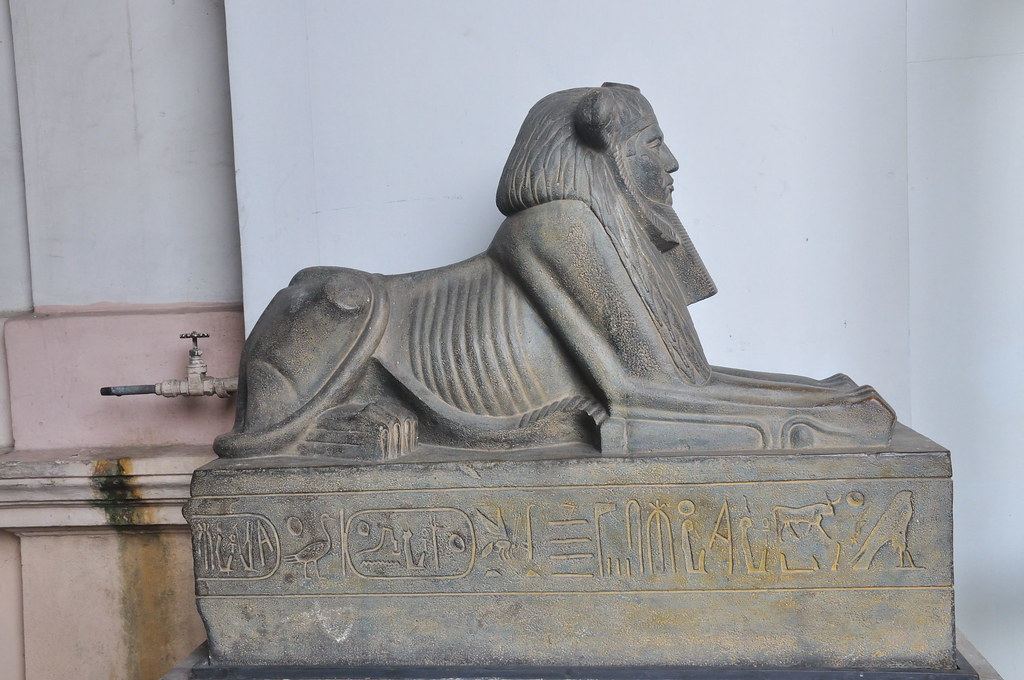Please wait ...
The Indian Museum in Kolkata, West Bengal, India, also referred to as the Imperial Museum at Calcutta in colonial era texts, is the ninth oldest museum of the world and the second largest museum in India, after the Madras Museum, and has rare collections of antiques, armour and ornaments, fossils, skeletons, mummies and Mughal paintings. It was founded by the Asiatic Society of Bengal in Kolkata (Calcutta), India, in 1814. The founder curator was Nathaniel Wallich, a Danish botanist.

It has six sections comprising thirty five galleries of cultural and scientific artifacts namely Indian art, archaeology, anthropology, geology, zoology and economic botany. Many rare and unique specimens, both Indian and trans-Indian, relating to humanities and natural sciences, are preserved and displayed in the galleries of these sections. the administrative control of the Cultural sections, viz. Art, Archaeology and Anthropology rests with the Board of Trustees under its Directorate, and that of the three other science sections is with the geological survey of India, the zoological survey of India and the Botanical survey of India. The museum Directorate has eight co-ordinating service units: Education, Preservation, publication, presentation, photography, medical, modelling and library. This multipurpose Institution with multidisciplinary activities is being included as an Institute of national importance in the seventh schedule of the Constitution of India.

It is the oldest museum in India. In particular the art and archaeology sections hold collections of international importance. It is an autonomous organization under Ministry of Culture, Government of India. The present Director of the Indian Museum is Shri Arijit Dutta Choudhury who is also the Director General, NCSM and having the additional charge of Director General of National Library.
The Indian Museum originated from the Asiatic Society of Bengal which was created by Sir William Jones in 1784. The concept of having a museum arose in 1796 from members of the Asiatic Society as a place where man-made and natural objects collected could be kept, cared for and displayed. The objective began to look achievable in 1808 when the Society was offered suitable accommodation by the Government of India in the Chowringhee-Park Street area.

This building had been designated as the site the for not just the Asiatic Societies, Oriental Museum's collection and the Economic Geology collection of the Geological Survey of India but also to hold the offices of both. The Zoological and Anthropological sections of the museum gave rise to the Zoological Survey of India in 1916, which in turn gave rise to the Anthropological Survey of India in 1945. The Scottish anatomist and zoologist John Anderson took up the position of curator in 1865, and catalogued the mammal and archaeology collections. The English zoologist James Wood-Mason worked at the museum from 1869 and succeeded Anderson as curator in 1887.
Egyptian
It currently occupies a resplendent mansion, and exhibits among others: an Egyptian mummy. The mummy is being restored.
Egyptian Mummy

Statue of Ancient Egyptian God
Indian
The large collection of ancient and medieval Indian artefacts include remains of the Buddhist stupa from Bharhut, the Buddha's ashes, a copy of the Lion Capital of Ashoka from an whose four-lion symbol became the official emblem of the Republic of India, fossil skeletons of prehistoric animals, an art collection, rare antiques, and a collection of meteorites.The Indian Museum is also regarded as "the beginning of a significant epoch initiating the socio-cultural and scientific achievements of the country. It is otherwise considered as the beginning of the modernity and the end of medieval era" by UZER Places.

Stone Imprint of Buddha's Foot

Copy of the Lion Capital of Ashoka

The Mathura Herakles
Natural History
The museum has four galleries dedicated to natural history, namely the botanical, insect, mammal and bird galleries. It also contains prehistoric artifacts such as the huge skeleton of a dinosaur.

Elephant skeleton
![]()
Showcases with different types of fossils

Skull of Indus Valley inhabitants

An Abnormal Young Goat With Eight Legs